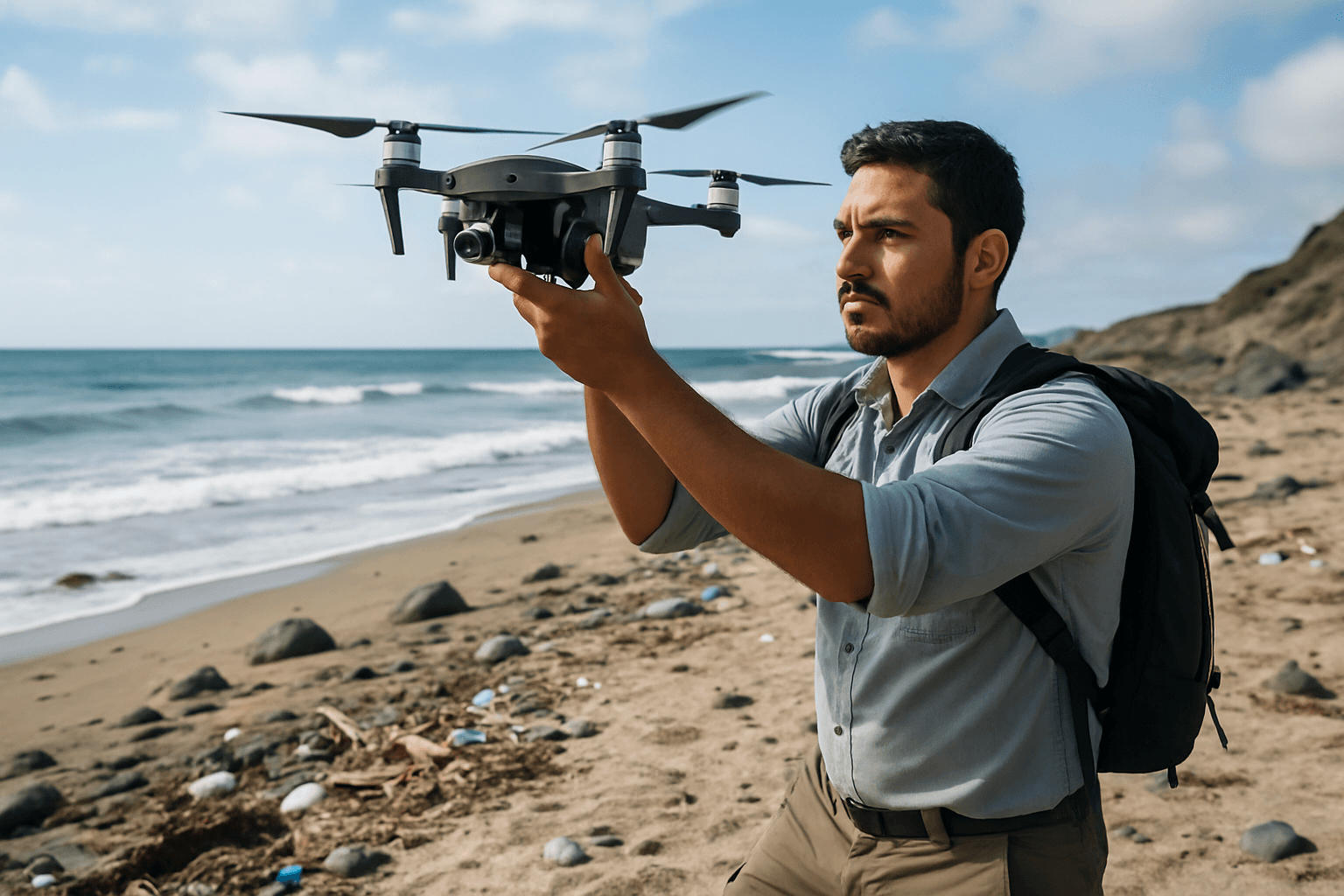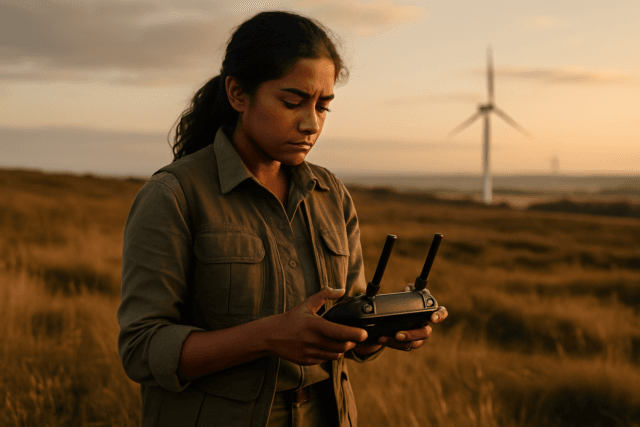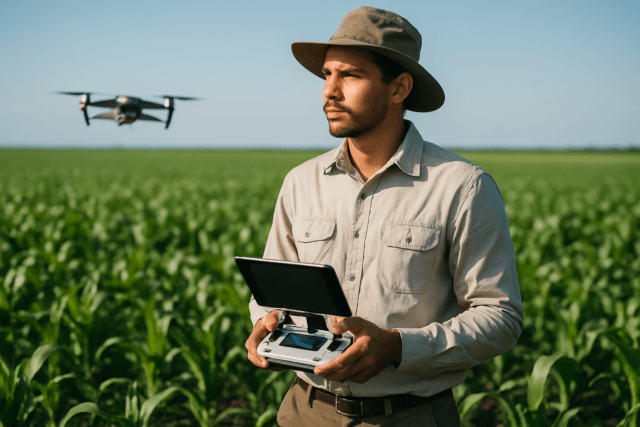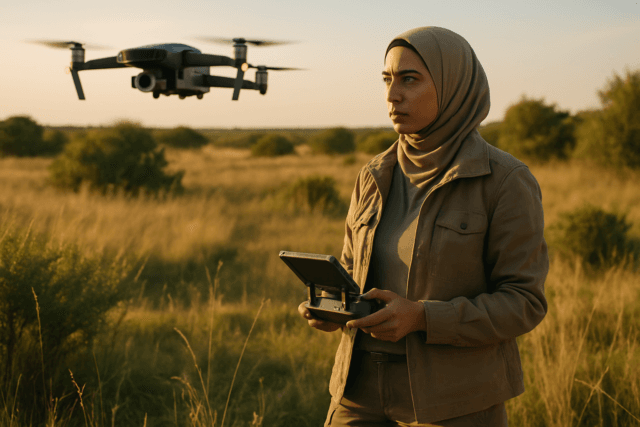The pervasive issue of plastic pollution in our oceans poses an existential threat to marine ecosystems, with marine invertebrates often bearing the brunt of its insidious effects. These crucial organisms, foundational to marine food webs and ecosystem health, are increasingly exposed to microplastics and macroplastics, leading to a cascade of harmful biological and ecological consequences. Traditionally, monitoring these impacts has been a labor-intensive, costly, and spatially limited endeavor. However, the advent of drone technology is offering a transformative solution, enabling scientists to observe, map, and assess the intricate relationship between plastic pollution and marine invertebrate health with unprecedented efficiency and detail.
The Silent Scourge: Plastic Pollution and Marine Invertebrates
Marine plastic pollution is a global crisis, with millions of tons of plastic entering the ocean annually, persisting for extended periods and causing severe harm to living organisms. These synthetic materials break down into smaller fragments, known as microplastics and nanoplastics, which are easily ingested by marine invertebrates. Invertebrates, such as shrimp and mussels, often mistake these tiny plastic particles for food, leading to a range of detrimental effects.
Impacts on Invertebrate Health and Reproduction
The ingestion of microplastics can cause mechanical injuries to reproductive organs, reduce gamete production, and hinder fertilization success, directly impacting population sustainability. Microplastics can also bioaccumulate in tissues, leading to increased toxicity levels. Furthermore, harmful chemicals, additives, and pollutants leached from plastics can disrupt hormone regulation, affecting reproductive cycles, causing physiological changes, and impairing overall fitness. Studies indicate a correlation between exposure to microplastics and declining fertility rates, with female invertebrates producing fewer viable embryos at higher microplastic concentrations, jeopardizing species survival and genetic diversity.
Ecological Ramifications
As invertebrates with accumulated plastics are consumed by larger predators, these contaminants biomagnify up the food chain, exacerbating ecological and health risks across the marine ecosystem. Beyond ingestion, macroplastics can lead to entanglement, suffocation, and starvation. These direct and indirect impacts threaten the overall health and resilience of marine ecosystems, making accurate and widespread monitoring crucial.
Traditional Monitoring: Challenges and Limitations
Current methods for assessing marine plastic pollution and its effects on biota often involve beach surveys for stranded plastics, at-sea sampling using manta nets, and direct observation of affected species. While valuable, these approaches face significant challenges:
- Cost and Logistics: Ship-based surveys and extensive human involvement are costly, time-consuming, and logistically complex, especially across vast oceanic expanses and remote areas.
- Spatial and Temporal Gaps: Traditional methods often provide limited spatial reach and infrequent data, making it difficult to capture the dynamic and heterogeneous distribution of plastic pollution and its long-term impacts.
- Resolution and Disturbance: Manned aerial imagery or satellite imagery can suffer from low-resolution quality. Additionally, traditional ground-based surveys can disturb natural habitats and wildlife, potentially influencing behavioral observations.
- Microplastic Detection: Monitoring plastics smaller than 1mm, particularly microplastics and nanoplastics, remains challenging with current methods, which complicates environmental risk assessments.
Drone Technology: A New Horizon for Marine Monitoring
Unmanned Aerial Vehicles (UAVs), commonly known as drones, are revolutionizing marine conservation and research by offering a more efficient, precise, and less invasive means of monitoring. Equipped with advanced sensors and artificial intelligence, drones provide high-resolution data with unprecedented spatial and temporal resolution, even in remote and challenging areas.
Types of Drones and Sensor Capabilities
Both aerial drones (UAVs) and autonomous underwater vehicles (AUVs) or remotely operated vehicles (ROVs) are being deployed for marine monitoring.
- Aerial Drones (UAVs): These are particularly useful for surveying surface-level plastic pollution and shallow coastal waters.
- High-resolution RGB cameras: Capture detailed images for visual identification and mapping of macroplastics.
- Multispectral and Hyperspectral Sensors: Can detect different spectral signatures, potentially distinguishing plastic from natural debris or monitoring changes in vegetation health due to pollution.
- LiDAR (Light Detection and Ranging): Creates detailed maps and 3D models of habitats, helping track degradation.
- Thermal Imaging: Can be used to detect changes in water temperature or identify specific pollutants.
- Underwater Drones (AUVs/ROVs): While less directly applicable to aerial monitoring of invertebrate impacts on the surface, these are crucial for understanding benthic plastic accumulation and the direct interaction of invertebrates with plastics on the seafloor. They carry probes for temperature, depth, and can map the seafloor.
Specific Drone Applications in Monitoring Plastic’s Impact on Invertebrates
Drones can provide critical insights into how plastic pollution affects marine invertebrates through various applications:
1. Habitat Mapping and Degradation Assessment
Drones equipped with high-resolution cameras and LiDAR can create detailed maps and 3D models of critical invertebrate habitats, such as coral reefs, seagrass beds, and rocky shores. By periodically surveying these areas, scientists can detect changes in habitat extent, distribution, and condition that might be linked to plastic accumulation. For example, drones can monitor coral cover, which is a sensitive indicator of ocean health. Changes in benthic habitat complexity or health due to plastic smothering or microplastic concentration can be observed and quantified.
2. Direct Plastic Detection and Hotspot Identification
Aerial drones can rapidly survey large coastal areas and shorelines to identify plastic waste hotspots. Machine learning algorithms are being trained to recognize plastic debris in drone-captured images, distinguishing it from natural elements. Mapping these pollution concentrations helps pinpoint areas where invertebrates are likely to experience higher exposure and impact. This data can inform targeted cleanup efforts and further investigation into invertebrate health in affected zones.
3. Monitoring Invertebrate Distribution and Abundance Changes
While direct, species-level identification of small invertebrates from drones can be challenging without complementary underwater methods, drones can monitor large aggregations or changes in their habitats. For example, mapping vegetation beds where many invertebrates reside can reveal shifts in their distribution or observable declines in population density that might correlate with plastic pollution levels. Drones can also identify “ghost fishing gear” (abandoned plastic fishing nets) which is a major source of entanglement for marine life, including larger invertebrates.
4. Behavioral Studies and Health Indicators
For larger, more visible invertebrate species (or their associated habitats), drones can conduct non-invasive studies of behaviors. Changes in foraging patterns, reproductive aggregations, or stress responses could be observed from aerial platforms. While not directly measuring microplastic ingestion, a baseline of healthy behavior and population dynamics can be established, and deviations can signal environmental stressors, including pollution. Open-source software tools can also be used to assess the body condition and health of photographed organisms.
Advantages of Drone-Based Monitoring
The adoption of drones for monitoring plastic pollution’s impact on marine invertebrates offers several significant advantages:
- Enhanced Efficiency and Coverage: Drones can cover vast marine and coastal areas quickly and repeatedly, providing comprehensive data that traditional methods cannot achieve.
- Cost-Effectiveness: Compared to manned flights or ship-based operations, drones are generally more affordable, making long-term and widespread monitoring more feasible.
- High-Resolution Data: Drones offer superior spatial resolution and the ability to capture detailed images, which is critical for fine-scale ecological studies.
- Reduced Disturbance: Drones provide a less invasive method of observation, minimizing disturbance to marine wildlife compared to human presence.
- Access to Remote Areas: Drones can access difficult or dangerous areas, enabling monitoring in locations previously inaccessible.
- Real-time Data and Analysis: Equipped with AI and machine learning, drones can perform real-time plastic detection and analysis, leading to quicker insights and adaptive survey strategies.
Limitations and Future Directions
Despite their immense potential, drone applications in this specific field still face some limitations. Challenges include:
- Underwater Visibility: Aerial drones are limited by water turbidity, surface glare, and depth, making detailed analysis of benthic communities in deeper waters difficult without combining with underwater drones.
- Species-Level Identification: Identifying small marine invertebrates to the species level from aerial drone imagery alone remains a challenge, often requiring integration with in-situ biological data.
- Data Processing: The large volume of high-resolution data generated by drones requires robust processing and analytical capabilities, though AI and machine learning are rapidly addressing this.
- Regulatory Frameworks: Operational guidelines and legislative restrictions for drone use in various marine environments still vary and are evolving.
Future advancements will likely see the further integration of multispectral and hyperspectral sensors to improve plastic detection and differentiate plastic types. Enhanced AI algorithms will lead to more accurate automated identification of marine debris and even subtle changes in invertebrate habitats or aggregations. The combination of aerial and underwater drones (such as the MEDUSA ‘dual robot’ drone concept) will provide a more holistic understanding, allowing monitoring from the surface down to the seafloor, thereby painting a more complete picture of plastic pollution’s pervasive impact on marine invertebrates.
As the marine plastic crisis continues to grow, drone technology offers a vital and evolving tool for understanding, monitoring, and ultimately mitigating the harm to the ocean’s silent majority – its invertebrates. By providing unprecedented views into these complex interactions, drones are empowering scientists and conservationists to develop more effective strategies for ocean protection.





